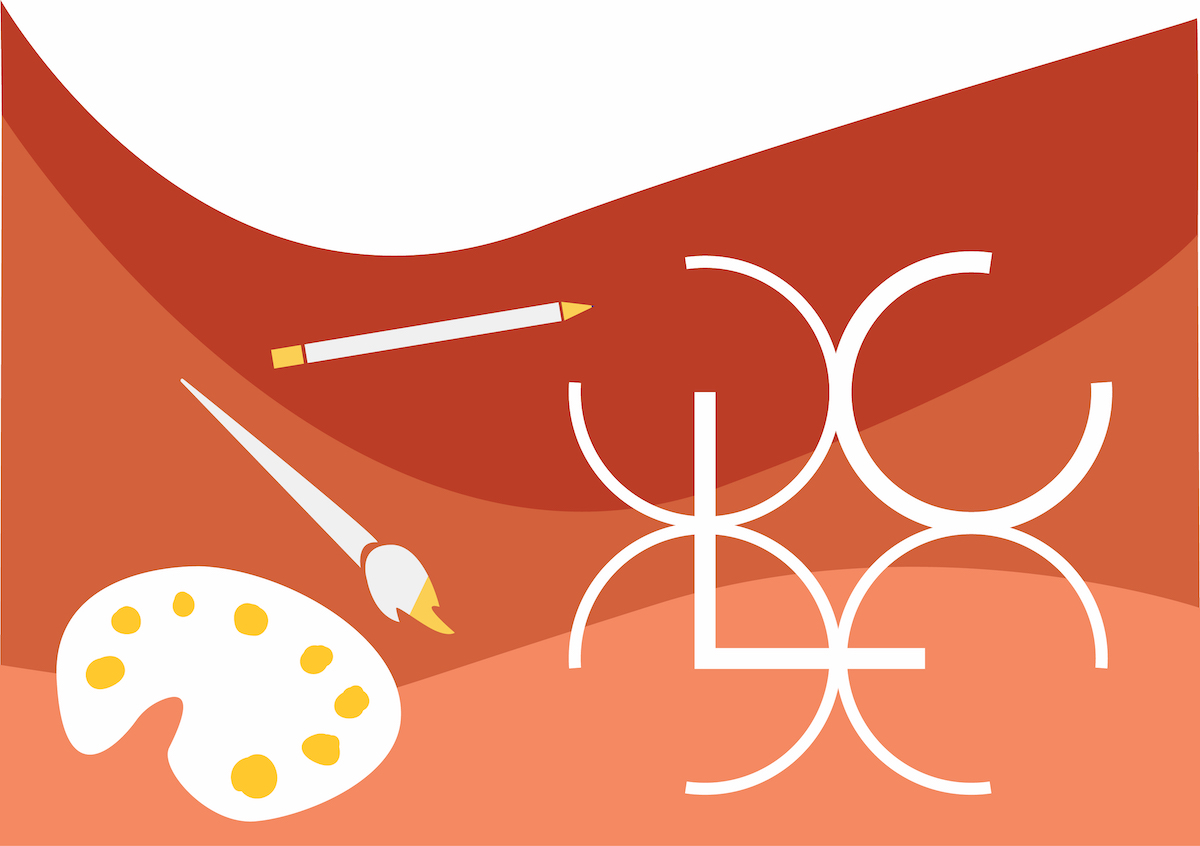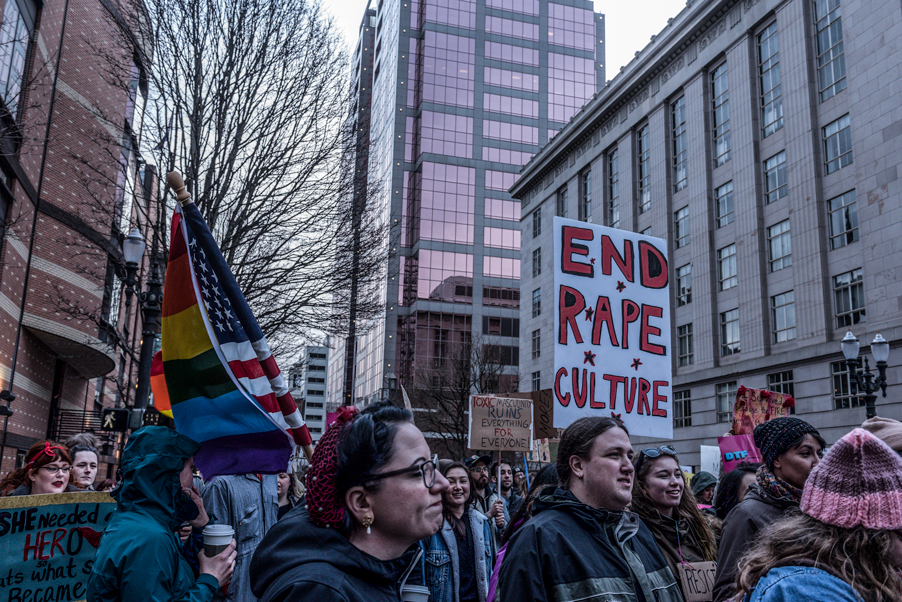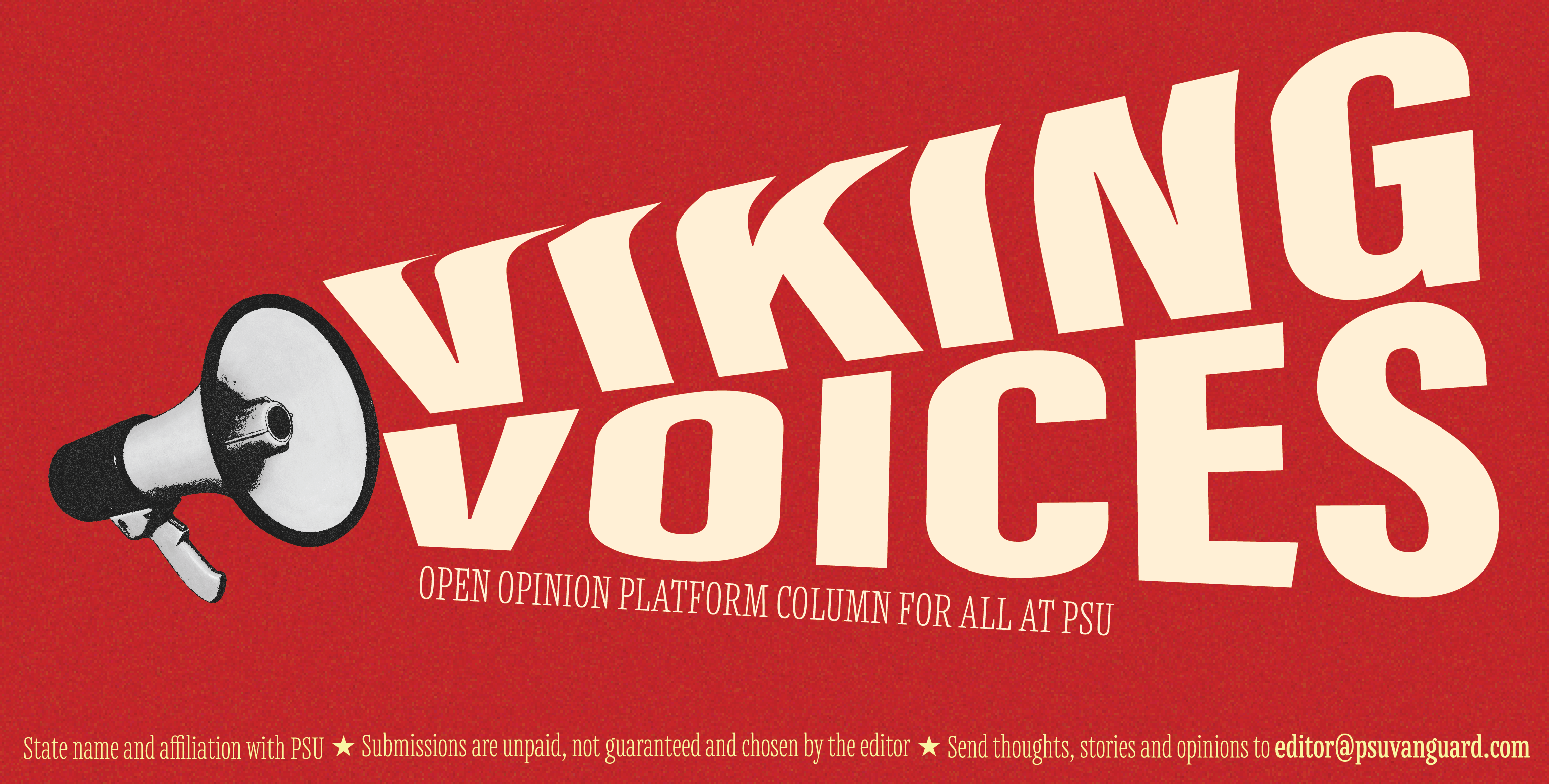Last summer, Portland State Vanguard’s Kat Leon wrote about the exciting transformation happening at the Lloyd Center shopping mall. The COVID-19 pandemic accelerated the cultural shift to online retail, which was already well underway, and for many brick-and-mortar retailers it truly looked like the end times.
In Nov. 2021, Lindsay Nadrich from KOIN wrote, “the mall has been struggling for years with many storefronts sitting empty including Nordstrom and Sears which left years ago and Macy’s which closed in January.” That was, until the new owners took the reins.
A thriving renaissance has unfolded for creative makers and artists, with local stalwarts Floating World Comics and Dreem Street breathing new life into the space. The PSU School of Art & Design is even hosting a curated pop-up called Good Market, featuring items for sale made by design students in the program.
Then in March, Willamette Week reported on the death of another local mall—Mall 205. Several of the displaced businesses from Mall 205 expressed hope that they could reopen in the newly revitalized Lloyd Center.
We are undoubtedly in the midst of a seismic shift, both regarding retail and the interface of urban spaces and civic engagement. We’ve all seen the boarded-up windows and empty storefronts downtown, and Portland is not unique in this regard. The New York Times published an intriguing photo essay about 10 downtown cities across the United States and how they are faring since the pandemic, retail apocalypse and inflation. The cities faring the best are pivoting their central downtown cores towards the arts.
We have a chance to reimagine how cities are designed and how they can best serve communities. The evolution of urban spaces has historically been largely dominated by industry and the mercantile classes, and as such, liveability has long been an afterthought.
There are already ideas swirling around Portland City Hall, like Portland Mayor Ted Wheeler’s idea of “a city ordinance that would incentivize owners and developers of vacant office space downtown to convert those buildings to modestly priced apartments.” The overall vibrancy of the largest city in the state obviously has wide-reaching implications for the broader region. Our neighbor to the north, Seattle, is facing similar challenges.
To give the mayor rare credit, these ideas are refreshing, and there should be many more. We should encourage more density in our cities. We could drastically reduce carbon emissions and traffic congestion this way. More residential density downtown would also create an exciting and entertainment-rich experience for people in these spaces.
Of course, affordability must be at the forefront of any such proposals, as the housing crisis and the explosion in the number of unhoused people are directly caused by the inhumanity of price gouging and gentrification. Permanent housing for all unhoused communities is not only a fundamental human right, but is also a cheaper policy solution compared to temporary shelters.
Speaking of gentrification, we must also be mindful and vigilant of how any revitalization measures impact the current residents of these areas—housed or not. For far too long, business lobbies have held all of the power when shaping urban planning policy.
One great local example of resilient businesses are food carts, which have survived and seemed to even thrive in the pandemic. These draw people into the urban core, much like the pop-ups and creative shops at the Lloyd Center. We should incentivize and encourage more of that do-it-yourself creative spirit in our downtown. Restaurants were able to expand dining rooms onto sidewalks, and the city closed certain side streets to traffic for outdoor-seating courts and to create pedestrian-centered walkways. These are innovations that change the design of our city to be more centered on human use. Portland has made its penchant for weirdness a major cornerstone of its international image and brand. What if we actually leaned into that and lived up to it for once?






